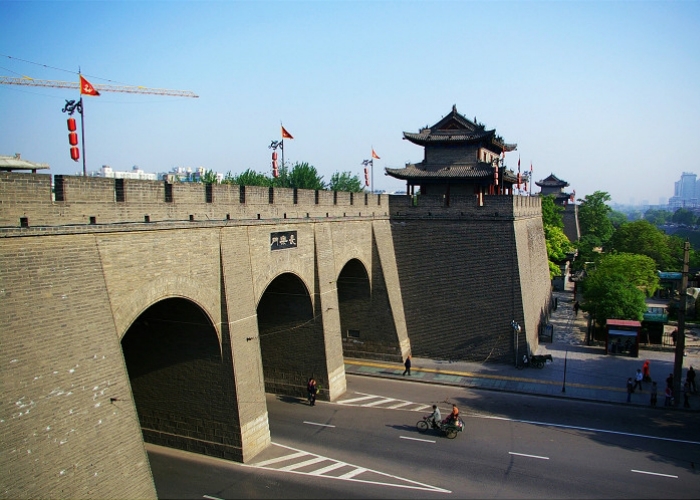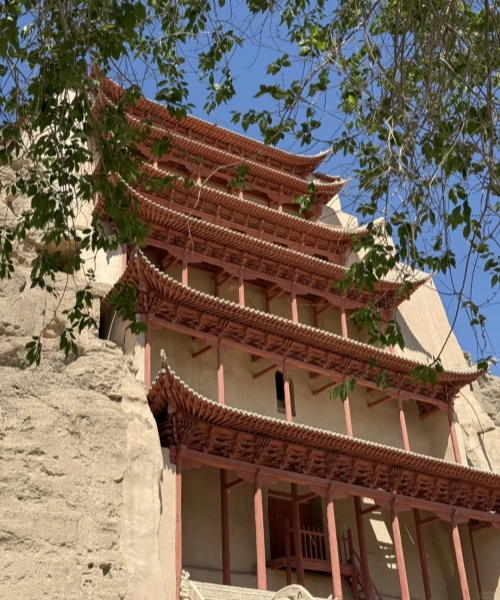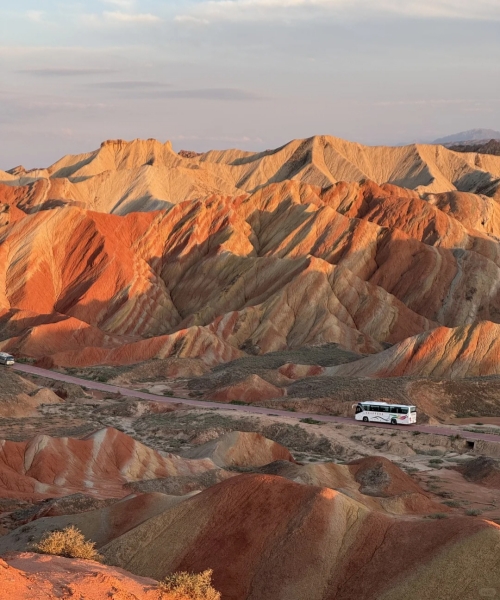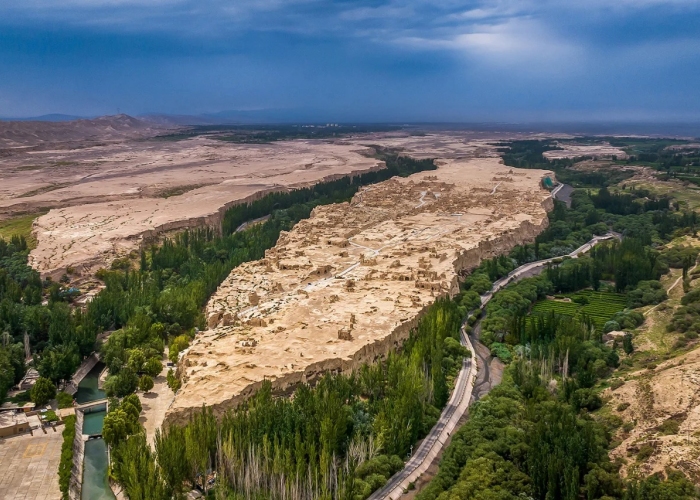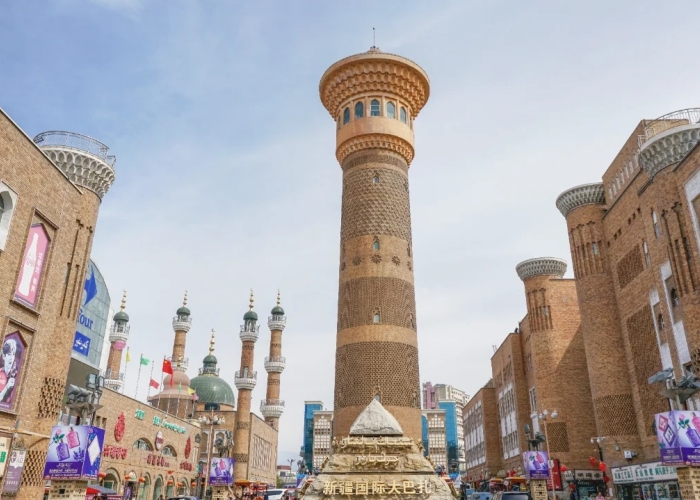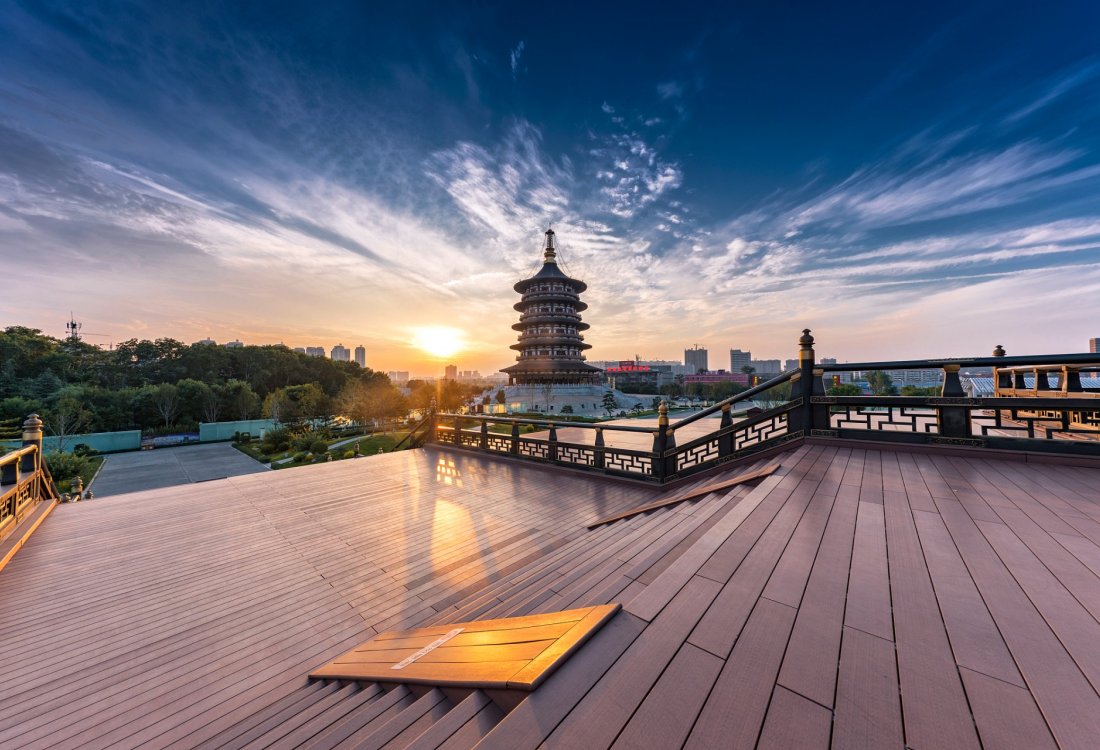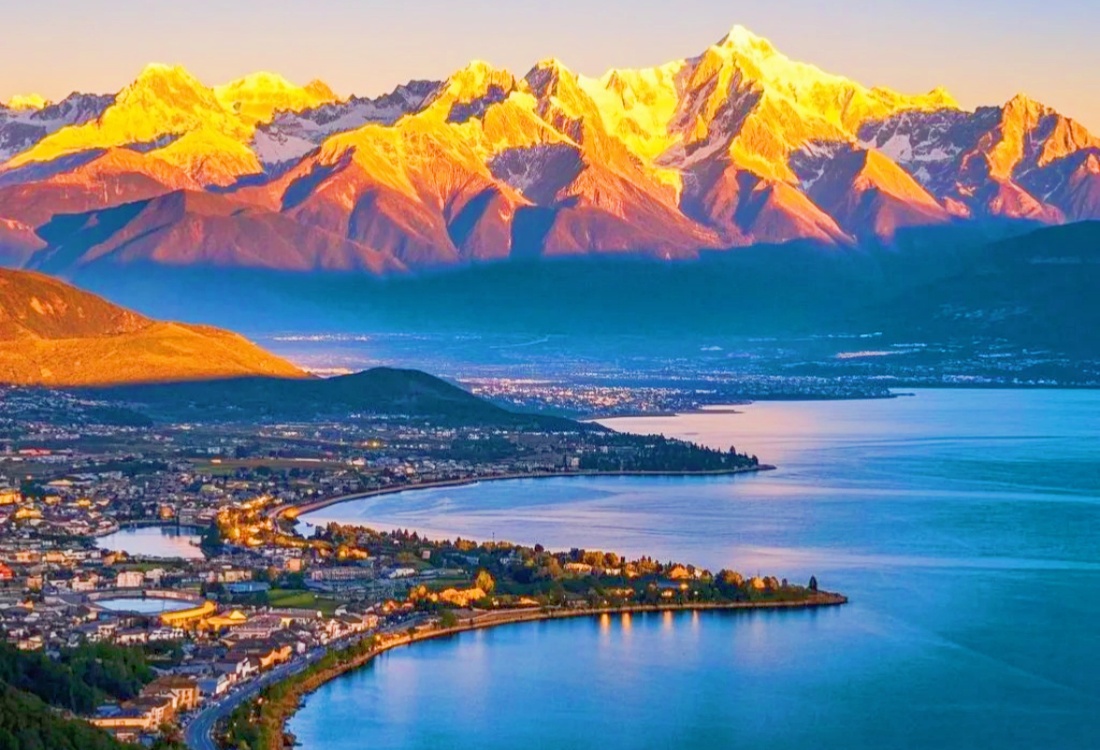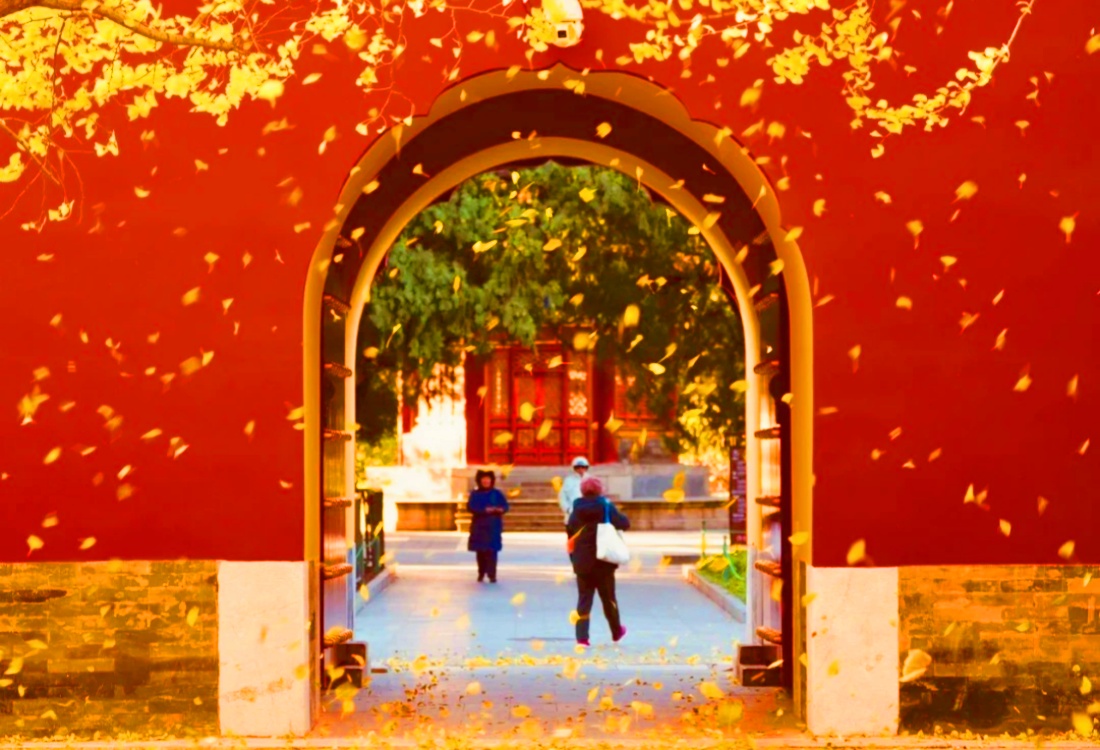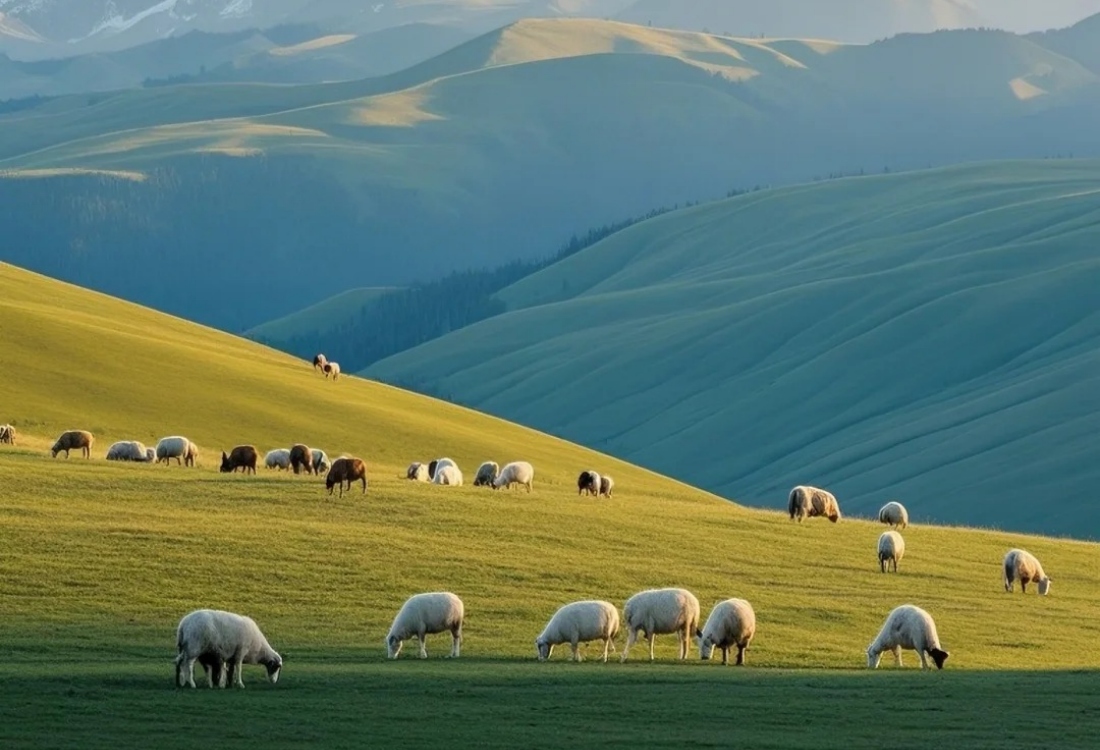Table of Contents
ToggleAre you dreaming of traversing the legendary Silk Road, a path steeped in history, culture, and breathtaking landscapes? This article is your essential guide to pinpointing the best time to visit Silk Road. We provide you with clear, practical advice, helping you navigate the diverse climates and experiences this iconic route offers, ensuring your journey is comfortable, memorable, and truly magical. Understanding when to go can transform your trip from a good one to an extraordinary adventure.
The best time to visit China Silk Road is during spring (April-June) and autumn (September-October). These seasons offer perfect weather, fewer crowds, and stunning landscapes – ideal for exploring this historic route.
City-Specific Best Times of Silk Road: A Quick Reference Table
The vastness of the Silk Road means that the best time to visit China’s Silk Road can vary by specific location. This table summarizes the optimal periods for key cities along the route:
Region/City | Best Time to Visit | Highlights & Weather Considerations |
Xi’an | April–June, September–October | Terracotta Army, City Wall. Pleasant temperatures (15-25°C). Avoid summer heat. |
Lanzhou | April–June, September–November | Yellow River sights, Bingling Temple Grottoes. Mild weather. |
Zhangye | April–June, September–October | Danxia Rainbow Mountains. Spring blooms, autumn colors. Comfortable temperatures. |
Jiayuguan | April–June, September–October | Western end of Great Wall. Clear skies, moderate temperatures. |
Dunhuang | May–June, September–October | Mogao Caves, Echoing Sand Mountain. Avoid summer heat (can exceed 35°C) and winter cold. Spring/Autumn offer 15-25°C. |
Turpan | April–May, September–October | Ancient ruins, Karez wells, Grape Valley. Spring and autumn avoid extreme summer heat (can reach 40°C+). |
Urumqi | May–June, September–October | Heavenly Lake, regional museum. Pleasant spring/autumn. Summer (July-Aug) good for surrounding mountains but city can be warm. |
Kashgar | May–June, September–October | Sunday Bazaar, Id Kah Mosque, Old City. Spring for wildflowers, autumn for harvest and pleasant temperatures (15-25°C). |
Hexi Corridor (general) | April–May, September–October | Ancient forts, rugged landscapes. Ideal for comfortable hiking and sightseeing. |
Xinjiang (general) | May–October (varies by specific area) | May-June for grasslands/flowers. Sept-Oct for autumn colors and harvest. Late Oct-Nov for Tarim Basin’s Populus forests. |
Spring of Silk Road: April to June
Spring breathes life into the Silk Road, making it an excellent contender for the best time to visit China’s Silk Road. Temperatures are generally pleasant, ranging from 15°C to 25°C (59°F to 77°F) across many key regions, perfect for exploring ancient wonders without the scorching heat of summer or the chill of winter.
Xi’an and Lanzhou in Spring: Historical Beginnings
In Xi’an, the historical starting point, spring offers delightful conditions for visiting the Terracotta Army and cycling atop the Ancient City Wall. Cherry blossoms may add a touch of beauty in early April. Lanzhou, along the Yellow River, also enjoys mild weather ideal for riverside strolls and exploring nearby grottoes.
Dunhuang and Zhangye: Desert Beauty Awakens
Further west, Dunhuang, home to the magnificent Mogao Caves, and Zhangye, famed for its “Rainbow Mountains” (Danxia Landform), are particularly inviting. Spring allows comfortable exploration of these desert landscapes. The vibrant colors of Zhangye are stunning under clear spring skies, and the moderate temperatures in Dunhuang make visiting the Echoing Sand Mountain and Crescent Lake a pleasure. May and June are especially good for avoiding sandstorms, which can occur in early spring in some desert areas.
Xinjiang’s Bloom: Turpan, Urumqi, and Kashgar
Xinjiang province truly shines in spring. May and June are often highlighted as the best time to visit China’s Silk Road section in Xinjiang. The grasslands are carpeted with wildflowers, including vibrant peonies and tulips.
Turpan, despite its “Fire Land” moniker, is more temperate in spring, making visits to its ancient ruins and Karez irrigation systems more comfortable. Urumqi and Kashgar also offer pleasant conditions for exploring their unique cultures and bazaars before the summer heat sets in.
Summer of Silk Road: July to August
Vibrant Landscapes, Ripe Fruits, and Peak Season Considerations
Summer along the Silk Road is characterized by vibrant landscapes and an abundance of ripe fruits, particularly melons and grapes in regions like Xinjiang. However, it’s also the peak tourist season, coinciding with school holidays, and can bring intense heat, especially in desert areas. Temperatures in Turpan and Dunhuang can soar above 35°C (95°F), and sometimes even exceed 40°C (104°F).
If you don’t mind the heat and potentially larger crowds, summer can still be a rewarding time. The dry air in many Silk Road regions makes the heat more bearable than humid conditions. Northern Xinjiang, with its stunning Heavenly Mountains (Tian Shan), is popular in summer. Kashgar’s Sunday Bazaar is a riot of color and activity, and it’s prime season for enjoying fresh local produce. However, for many, the heat makes summer less than the best time to visit China’s Silk Road for extensive outdoor exploration.
Autumn of Silk Road: September to October
Autumn is widely acclaimed as one of the best time to visit China’s Silk Road. The weather is exceptionally comfortable, with temperatures typically ranging from 10°C to 22°C (50°F to 72°F). Clear skies are common, and the landscapes transform into a palette of gold, orange, and crimson, making it a photographer’s dream.
Hexi Corridor: Zhangye, Jiayuguan, and Dunhuang
The Hexi Corridor, encompassing Zhangye, Jiayuguan, and Dunhuang, is spectacular in autumn. Zhangye’s Rainbow Mountains are at their most vivid, and the pleasant temperatures make exploring the Mogao Caves and Jiayuguan Fort thoroughly enjoyable. The golden desert landscapes around Dunhuang against deep blue skies are truly memorable.

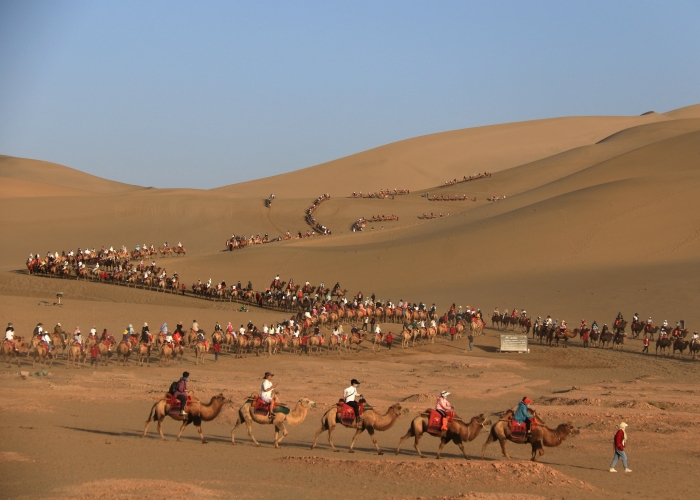
Xinjiang’s Harvest: Turpan, Urumqi, and Kashgar
Autumn is also an excellent time for a Xinjiang tour. Turpan’s vineyards are laden with grapes, and the weather is ideal for exploring its historical sites. Urumqi offers pleasant days for visiting Heavenly Lake (Tianchi), often framed by autumn colors. In Kashgar, the cooler air enhances the experience of wandering through the Old City and its bustling markets, with the harvest season bringing an abundance of fruits and nuts. Late October to mid-November is particularly special in the Tarim Basin, where the Populus euphratica forests turn a brilliant gold, offering breathtaking scenery for those venturing into the Taklamakan Desert.
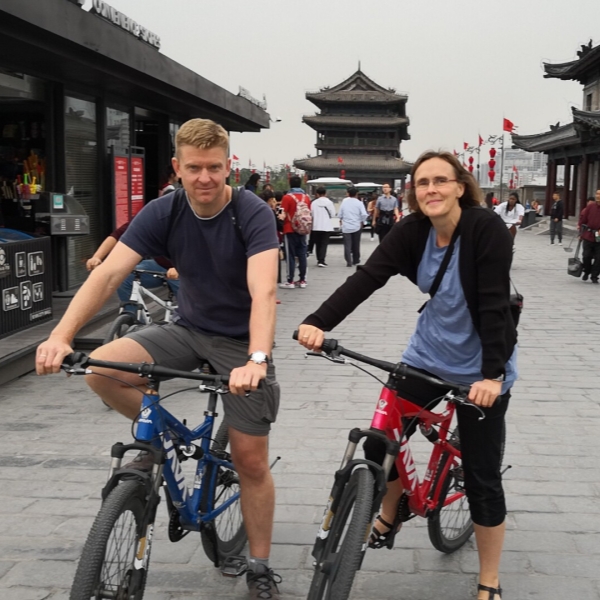
10 Days Best Silk Road Tour from Beijing to Xi’an, Dunhuang, Xinjiang
Winter of Silk Road: November to March
A Quiet, Chilly, and Unique Perspective
Winter is generally not considered the best time to visit Silk Road for a comprehensive tour due to freezing temperatures, which can plummet well below 0°C (32°F), especially in Xinjiang and Gansu. Snowfall can lead to road closures and make accessing some sites difficult.
However, for travelers seeking solitude, fewer crowds, and significantly lower prices, winter can offer a unique, albeit chilly, experience. Seeing the Mogao Caves or Jiayuguan Fort dusted in snow under crisp blue skies can be magical. February, while still cold, might present clearer skies. If you plan a winter trip, be prepared for the cold and focus on indoor attractions or regions with milder winter conditions, if any.
Practical Tips for Planning Your Silk Road Journey
Once you’ve decided on the time to visit Silk Road for your preferences, consider these tips:
- Book in Advance: Especially if traveling during shoulder seasons (late spring, early autumn) or near any holiday period, book accommodations and long-distance trains or flights 2-3 months ahead.
- Pack Layers: Weather can be variable, especially in spring and autumn, with cool mornings and evenings and warmer days. Layers allow you to adapt.
- Sun Protection: Regardless of the season, the sun can be strong, especially at higher altitudes and in desert regions. Bring sunscreen, sunglasses, and a hat.
- Stay Hydrated: This is crucial in arid environments. Carry water with you, especially during excursions.
- Visa Requirements: Check current visa policies for China well in advance of your trip. Some nationalities may benefit from visa-free transit or short stays, but rules can change.
- Consider a Local Guide or Agency: The Silk Road covers vast distances with attractions often spread out. A local travel agency can help with logistics, private transfers, and insightful guiding, enhancing your experience.
- Embrace Flexibility: While planning is key, be open to spontaneous experiences. The Silk Road is full of unexpected discoveries.
Frequently Asked Questions (FAQs)
How long does a typical China Silk Road trip take?
A classic China Silk Road tour covering key highlights like Xi’an, Zhangye, Jiayuguan, Dunhuang, Turpan, Urumqi, and Kashgar usually takes about 10 to 14 days. Shorter trips focusing on a specific section (e.g., Gansu province or Xinjiang) can be done in 5-7 days.
Is it safe to travel the China Silk Road?
Yes, the China Silk Road is generally very safe for tourists. Standard travel precautions apply, as they would anywhere. Using reputable tour operators and being aware of your surroundings is always advisable. The regions are well-policed, and infrastructure for tourism is quite developed.
What kind of clothing should I pack for a Silk Road trip in spring or autumn?
For spring (April-June) and autumn (September-October), pack layers. Include t-shirts, long-sleeved shirts, a comfortable sweater or fleece, a light to medium-weight jacket (waterproof/windproof is a good idea), comfortable walking shoes, and perhaps a warmer layer for evenings or higher altitudes. Sunscreen, a hat, and sunglasses are essential.



